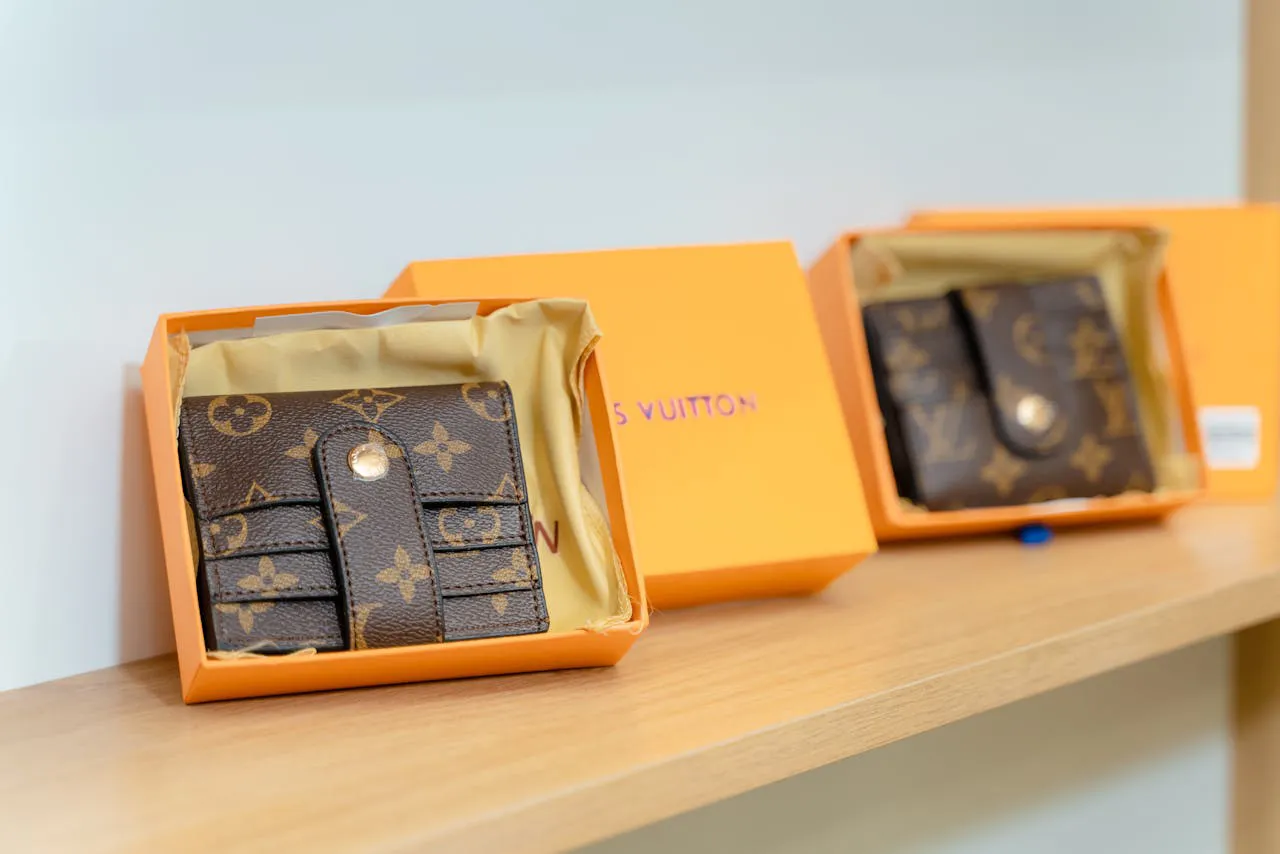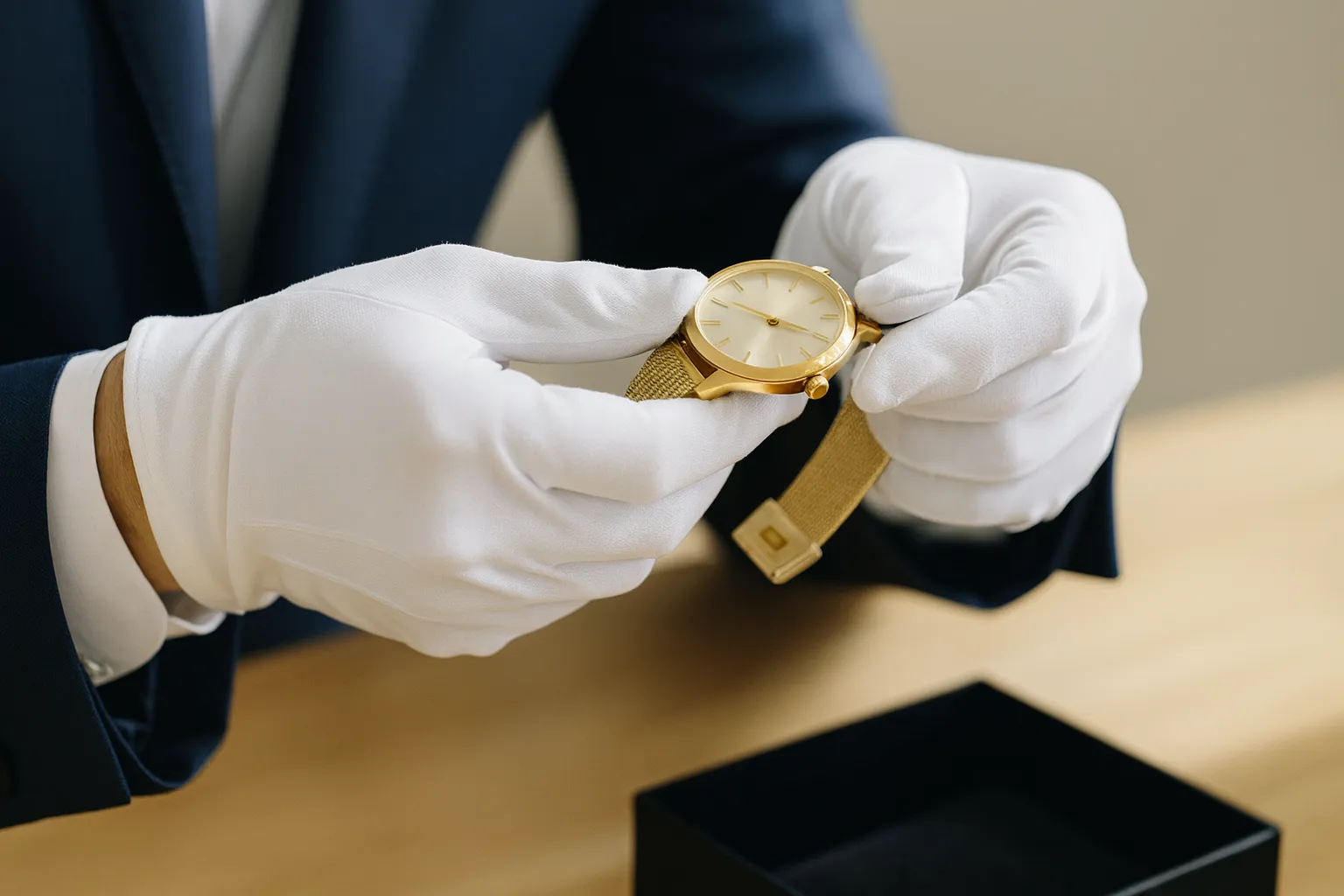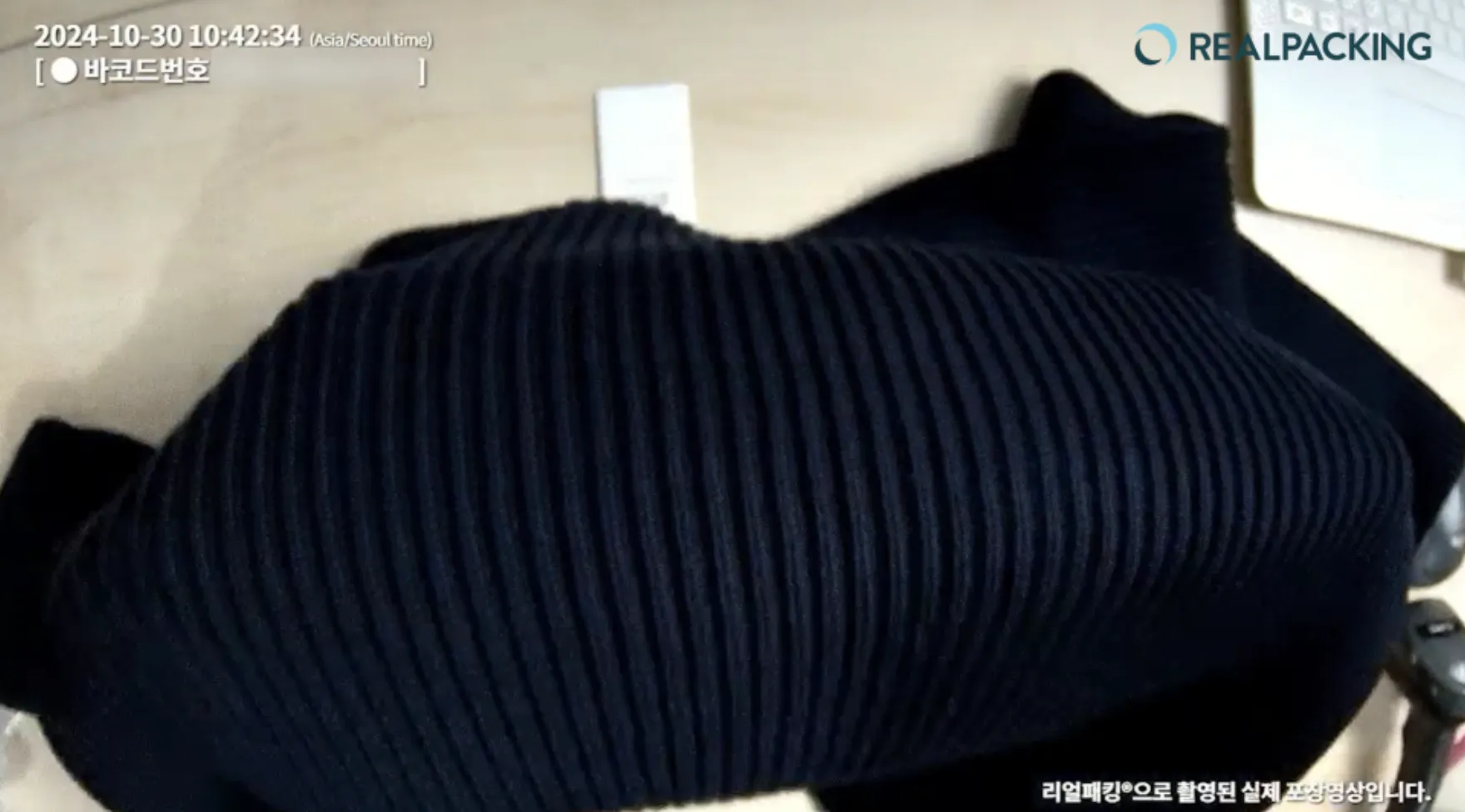Just a few years ago, pre-owned luxury goods were merely considered a "fallback option for consumers who couldn't afford new products." However, today's market tells a completely different story. While the overall luxury market faces stagnation, the pre-owned luxury sector continues to thrive, creating its own independent distribution ecosystem.

The convergence of price-burdened consumers facing rising costs, the emergence of an era prioritizing conscious consumption and sustainability, alongside aggressive platform and corporate interventions, has transformed pre-owned luxury from an "alternative choice" into a legitimate distribution channel.
This shift extends beyond mere consumer behavior patterns. It signals the opening of a new competitive arena for both brands and platforms. In an era where maintaining customer relationships through new product sales alone proves challenging, how brands provide trust in the secondary market has emerged as a critical success factor.

Many products show double-digit price increases compared to just a few years ago, despite being the same models. Naturally, consumers have begun seeking "value-retaining pre-owned products" instead of "brand new" items. This shift stems not from simple price reduction motives, but from consumption attitudes that simultaneously consider rational purchasing and sustainability. Generation Z, in particular, while sensitive to fashion trends, strongly tends toward minimizing unnecessary spending, actively embracing pre-owned luxury.
Pre-owned luxury is no longer a niche market. As it establishes itself as a legitimate consumption format, the market's center of gravity is shifting. Enterprises and platforms rapidly respond to consumer-driven trends, fundamentally reshaping the industry landscape.
As pre-owned luxury establishes itself as a distribution pillar, opportunities have certainly expanded. However, with increased market scale comes heavier responsibilities. Simply increasing transaction volumes is insufficient for brands and platforms. How they manage risks that threaten consumer trust has become the crucial differentiator.
The primary consumer anxiety revolves around product authenticity. A single counterfeit circulation incident can cause an entire platform to lose credibility. Fronting authenticity guarantees isn't simply marketing—it's an essential survival condition for brands.
Luxury goods experience significant value fluctuations from the smallest usage traces. However, the subjectivity of condition assessment remains problematic. When consumer and platform standards differ, disputes immediately arise, and without transparent criteria and evidence, distrust spreads uncontrollably.
Risks persist post-transaction. Shipping damage, return process opacity, and complex warranty procedures heighten consumer anxiety. Everything from product receipt to return decisions forms part of the brand experience, where minor inconveniences can shake overall brand trust.
When problems arise, all complaints concentrate on customer service. Slow or unclear responses immediately lead consumers to question the brand's sense of responsibility. Particularly in categories carrying significant emotional and financial weight like pre-owned luxury, a single CS response failure directly impacts overall brand reputation.

The pre-owned luxury market stands at a testing ground where growth opportunities coexist with the need to demonstrate customer trust. The question brands must address isn't simply "How do we sell more?" but "How do we reduce consumer anxiety and maintain trust?"
The four challenges mentioned above aren't merely problems to avoid—they represent opportunities for brands to demonstrate trustworthiness. Providing grounds and processes that reassure consumers is precisely the differentiation point.

Consumer anxiety centers primarily on counterfeits and poor condition of pre-owned products. Therefore, authenticity verification technology is advancing toward data-driven sophistication through AI image analysis and blockchain history management.
Quality assessment has also moved beyond simple "good/bad" descriptions. Photographs and Advanced Video Documentation Systems that consumers can directly verify serve as crucial evidence. Many e-commerce platforms include video documentation in their inspection and shipping processes for this reason. Showing processes instead of merely communicating assessment results verbally provides a more reliable method for securing trust.
Trust doesn't end with successful transactions. Brand reputation actually differentiates itself through post-transaction experiences. The transparency of return and after-sales policies, and how quickly customer service responds when issues arise, form the core. Consumers remember brand attitudes more than products themselves.
Ultimately, competitiveness in the pre-owned luxury market depends not simply on sales speed or transaction volume, but on how well platforms design processes that reassure consumers. When authentication and experience management—these two pillars—function in balance, brands can finally build distinctive trust.
Both platforms and brands must now become entities guaranteeing trust at every consumer touchpoint. Regardless of market position, the fact remains: "Trust cannot be outsourced."
What consumers want isn't faster delivery or simpler payments. These have already become basic expectations. Differentiation occurs through experiences that allow consumers to directly verify "Is the product I received genuinely authenticated?"
Therefore, brands must manage processes from the shipping stage, and platforms must consider how to demonstrate their partner brands' trustworthiness to consumers. Regardless of who implements it, what matters isn't transaction convenience, but how verification experiences are designed.
When consumers have visible evidence they can verify, the pre-owned luxury market becomes recognized as a place they can confidently revisit, transcending simple transactions. Ultimately, future competition depends on "How convincingly can you demonstrate trust?"